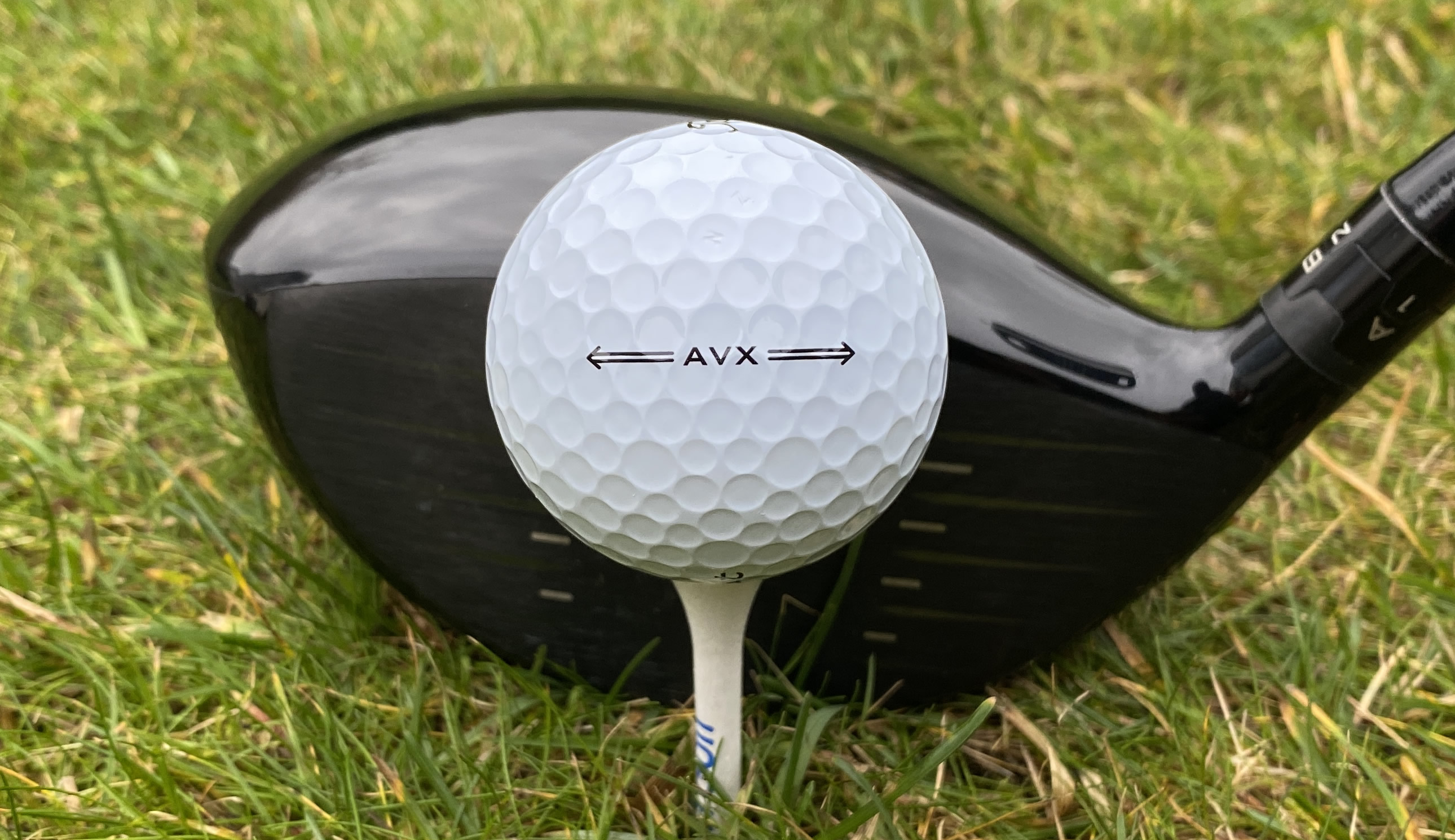Report: USGA And R&A Considering Full Golf Ball Rollback For Both Professional And Amateur Players
The move would be a marked shift from the governing bodies' initial proposal earlier in the year, which was only aimed at golf balls used in professional events


The USGA and R&A are considering a full rollback of the golf ball for both professional and amateur players, according to reports.
It marks the latest twist in the efforts of the game's two governing bodies to try and curb ever-increasing modern driving distances in the professional game, amid fears that some courses will soon become too small to host tournaments as players hit the ball further.
In March, earlier this year, both bodies announced their intention to introduce a Model Local Rule which would see the golf ball rolled back in professional competitions from 2026.
Such plans were met with vocal opposition from many high-profile professionals, equipment manufacturers and the PGA Tour, who said it was "not in the best interest of the game." Many, in particular, were opposed to the bifurcation of the game, essentially meaning that everyday recreational players would no longer play the same golf ball as the professionals.
The USGA and R&A allowed feedback on the plans until August this year, with a decision earmarked for the end of 2023 and, according to Golf Digest, that new plan will see a renewed commitment to rolling back the ball, but will address fears surrounding bifurcation by enforcing the new golf ball to be played by both professional and recreational players.
The change would come to the clubhead speed of the testing procedures, upping from 120mph to 127mph yet keeping the 'Overall Distance Standard', i.e. the limit of how far the ball can go, at 317 yards plus a three-yard tolerance. This would mean that all current balls would be non-conforming and any new balls that conformed would not travel as far.
The debate around a rollback of the golf ball has been ongoing for several years since the governing bodies released the Distance Insights report in early 2020. Those pressures have only increased as golf balls have continued to travel further.
Subscribe to the Golf Monthly newsletter to stay up to date with all the latest tour news, equipment news, reviews, head-to-heads and buyer’s guides from our team of experienced experts.

Rory McIlroy led the PGA Tour in driving distance in 2023 with an average of 326.3 yards
In March, when they announced the original decision, The R&A and USGA say that increased hitting distances "threaten golf’s long-term sustainability and undermines the core principle that a broad and balanced set of playing skills" that should "remain the primary determinant of success in golf."
More recently, at the Asia-Pacific Amateur Championship in October, The R&A's Chief Executive Martin Slumbers spoke exclusively to Golf Monthly on the matter and maintained it would be an abdication of his duty to not address the issue.
"It has been more of a challenge to build consensus than I was expecting. But it’s our responsibility to care about the game in the longer term," he said.
"I think it’s unequivocal that the golf ball is being hit further in the last 20 years. I see no credible reason to expect that not to continue. There are only three options – we change the ball for the whole game, we bifurcate or create model local rules, or we do nothing. And doing nothing is not an option. So it’s one of the first two and we will be saying something in the not-too-distant future."
Despite addressing concerns around bifurcation, the latest proposals are still unlikely to be popular. Jon Rahm argued the proposals could be a "slippery slope", while Justin Thomas suggested the plans were "so bad for the game of golf."
One of the few professional players to support the initial plans was World No.3 Rory McIlroy, although the Northern Irishman did say he was not in favour of rolling back the ball for recreational players.

Ben joined Golf Monthly having completed his NCTJ in multimedia sports journalism at News Associates, London. He is now a freelance journalist who also works for The Independent, Metro, UEFA and Stats Perform.